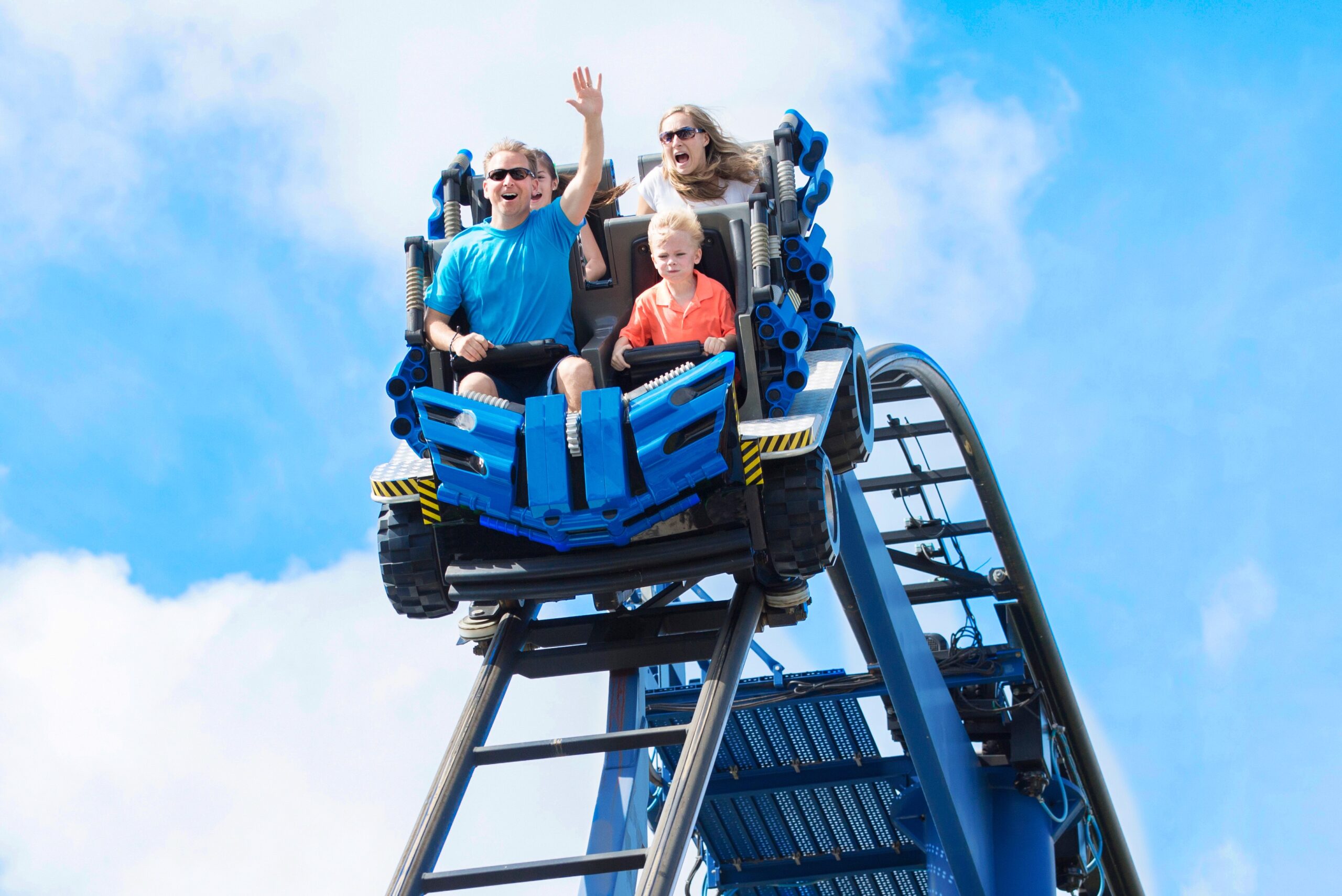
Wait, Is This Normal?
So let’s cut to the chase. You wanted adrenaline thrills—not a sore neck that sneaks up on you, ruins your evening, and makes you hiss every time you turn your head. Sound familiar?
I get it. Seriously, it’s wild how something as fun as a roller coaster—something millions of us love every year—can leave us stranded in a world of “why did I do this to myself?”. If you’re dealing with neck pain after roller coaster ride…I’ve totally been there. Let’s untangle what’s going on (and how to make it stop) together.
How Your Neck Gets Caught Off Guard
Whiplash Isn’t Just For Car Accidents
Here’s the thing nobody really warns you about at the theme park: those wild, gravity-defying twists? They’re doing their best impression of a mini car crash for your neck. No seatbelt for your head. No second chances if the car takes a sharp turn. Your neck’s left flopping along for the ride, and sometimes…it protests.
Ever heard of whiplash? I always thought it was something that happened in fender-benders. Turns out, whiplash is exactly what happens when a roller coaster jolts your head back and forth at silly speeds. It’s the same mechanism—your neck gets yanked, muscles and ligaments take a hit, and if you’re unlucky, nerves might get a little squished too.neck pain after roller coaster ride is more common than you’d think. You might not even notice it until hours—or days—after the ride is over.according to Forever Fit PT.
How It Feels—The “Oh, That’s Not Good” Checklist
- Neck pain or stiffness (turning your head becomes a whole ordeal)
- Headaches, especially at the base of your skull
- Soreness shooting down your shoulders or upper back
- Dizziness or feeling a bit “off” when you move your head
- Tingling in your arms (okay, that one can be a red flag for nerves)
Sometimes your neck just feels tired, but if you tick off more than a couple from the list above…it might be more than just ordinary muscle fatigue.Whiplash nerve damage symptoms is worth checking out if you’re worried about the nerve side of things.
Why This Pain Just Won’t Quit
The Real Reason It Lingers (And Why “Rest” Isn’t Always Enough)
If you’re thinking, “But I rested and even took some painkillers—why is this neck pain after roller coaster ride still here?”…I hear you.
The thing is, this isn’t your average “worked-out-too-hard” soreness. Whiplash-level injuries create tiny microtears—not just in muscles, but all the deep tissues that hold your neck together.according to Dr. Elham Nemat’s clinic Scar tissue can start to form, locking up flexibility and causing the kind of cranky discomfort that makes checking your blind spots or looking up from your phone feel impossible.
What Keeps It Hanging Around:
- Scar tissue forming where your neck moved “wrong”
- Little joint misalignments that put everything out of whack
- Your neck muscles guarding the injury like bodyguards—stiff, tense, and on high alert
Sound familiar? If so, don’t just tough it out and hope it “works itself out.” Chronic neck pain is one souvenir you don’t want from your day at the park…believe me.
First Moves: What Can You Do At Home?
The Friendly “Let’s Get Practical” Section
Alright, you’re hurting. You want answers, not a lecture. So let’s dig in—what actually helps and what you should avoid if you’re mid-neck-spasm.
Keep Calm, Keep Moving (But Gently!)
- Rest—but not too long. Give it a day or two. Laying down forever can make things tighter.
- Ice then heat. Try ice for inflammation (honestly, stick a bag of frozen peas on it if you have to). After two days, warmth (like a heating pad) can relax things.
- Gentle stretches. Think slow neck tilts, rotations, chin tucks. Don’t force anything that feels “sharp” or electrical.
- OTC pain relief. Ibuprofen or acetaminophen can be helpful—in moderation and only if you’re normally okay with them.according to Harvard Health
| Remedy | Best For… | How To Use It |
|---|---|---|
| Ice | First 48 hours | 20 mins at a time, several times a day |
| Heat | After 2 days | 15–20 mins—relax those stubborn muscles |
(Random tip: The first time my neck seized up after a coaster, I tried stretching immediately. Bad idea. It backfired big time—pain got worse. Trust the “ice then heat” method. Your future self will thank you.)
If The Ache Hangs On…Don’t Play Hero
When “Toughing It Out” Doesn’t Cut It
Let’s be real. Sometimes, home remedies do the trick…other times, nope.
Still sore after a week? Headache won’t stop? Shooting pain or weird tingling in your arm? Time for the big leagues. Physical therapy helps so much more than you’d think.
PT isn’t about wild, crazy tricks. It’s gentle, targeted moves. Think muscle-strengthening and joint-mobilizing—but with guidance. And the sooner you get professional help, the less chance of your park injury becoming a chronic, naggy pain. (True story: A friend ignored hers and regrets it every time she shops for groceries now…)
What A PT Might Do:
- Soft tissue massage to loosen knots and break down those cranky adhesions
- Gentle neck stretches and isometrics (holding a posture lightly against resistance)
- Education on posture—because let’s face it, how many of us sit 100% straight all day?
- Gradual strengthening to keep your neck from panicking during future rides (or random life stuff)
Think this is all overkill? Check out neck pain after roller coaster ride recovery stories for real talk about what works—and what doesn’t—when it comes to treating coaster-related pain.
Don’t Forget the Nerves—Why Sensations Matter
When Is Tingling (Or Weird Numbness) a Bigger Deal?
This is the bit where I slide in my “don’t mess around” alert. If you feel tingling, pins-and-needles, or your grip strength is off—don’t just Google and hope. Sometimes, Whiplash nerve damage symptoms can signal more than a harmless ache. Nerves can get cranky with whiplash, and that’s nothing to shrug off.
Common Nerve Signals You Shouldn’t Ignore
- Persistent numbness in your arm or hand
- Loss of coordination (think: can’t button your shirt suddenly)
- Intense, electric “shock” style pain down your spine or arms
If you’re checking any of these boxes, a visit to your doctor or a spine specialist is 100% the right move. Don’t tough it out—get seen and get peace of mind.
Can You Avoid Neck Pain Next Time?
Riding For The Thrills (Not The Chills…Or Spills!)
This is the golden question, isn’t it? None of us are giving up roller coasters for life—so how can you dodge the post-ride neck drama next time?
- Stretch first. Nobody does, but trust me, even some gentle neck rolls and shoulder circles before that first ride make a difference.
- Sit back, stay back. Head ricocheting? Not if you’re fully against the headrest and straps during the ride. (I used to lean forward “for the thrill.” Huge mistake.)
- Hydrate, hydrate, hydrate. Sounds basic, but dehydrated muscles cramp and spasm more easily. Sip water between rides.
- Watch for warning signs. If the park says “not for folks with neck problems”—listen. (It’s not just lawyery talk. They mean it.)
- Eyes open, body braced. Seeing the next turn coming helps your muscles prepare. Sounds silly, but it works.
My last trip, I did a quick stretch routine in line—felt ridiculous, but hey, left the park pain-free this time. Zero regrets. Try it next time and see for yourself.
What Actually Works? Tips At A Glance
| Do This | Avoid This |
|---|---|
| Ice in short bursts after the ride | Jumping into hot showers right away (wait until inflammation calms) |
| Gentle neck mobility exercises (think “yes” and “no” nods) | Forcing deep stretches or “cracking” your own neck |
| Listen to your body and rest if pain flares | “No pain, no gain” mentality—pushing through can backfire |
| Physical therapy if pain hangs on | Self-diagnosing nerve pain or ignoring weird symptoms |
Think of it this way: a little prevention and smart troubleshooting now means fewer painkillers—and more roller coaster fun—later.
Bringing It All Home: You’ve Got This
Look, nobody signs up for neck pain after roller coaster ride…but it can happen to even the toughest among us (hi, theme park junkies!). If you start feeling that neck stiffen up, don’t panic—most cases improve with rest, ice, and smart stretching. Just don’t ignore warning signs that scream “see a pro!” like serious tingling, arm weakness, or pain that just won’t quit. And next time, warm up, grab a water, and park yourself against that headrest like a pro. Your neck will thank you.
This is your sign to take it easy, move gently, and check in with yourself now—don’t wait until your neck’s screaming for attention. And if you want more detail on those weird lingering symptoms, take a peek at Whiplash nerve damage symptoms. Have your own stories—or advice—for bouncing back after a wild ride? I want to hear from you! Here’s to more fun, and fewer painkillers, on your next adventure.




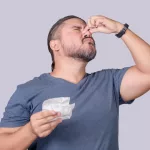
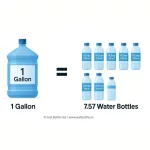
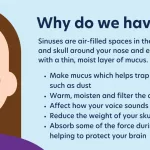

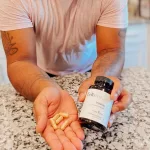
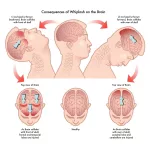
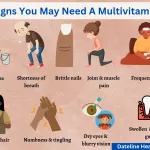
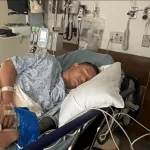
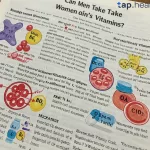
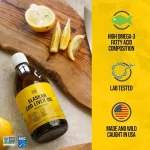



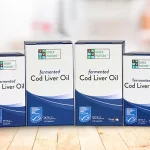
Leave a Reply
You must be logged in to post a comment.